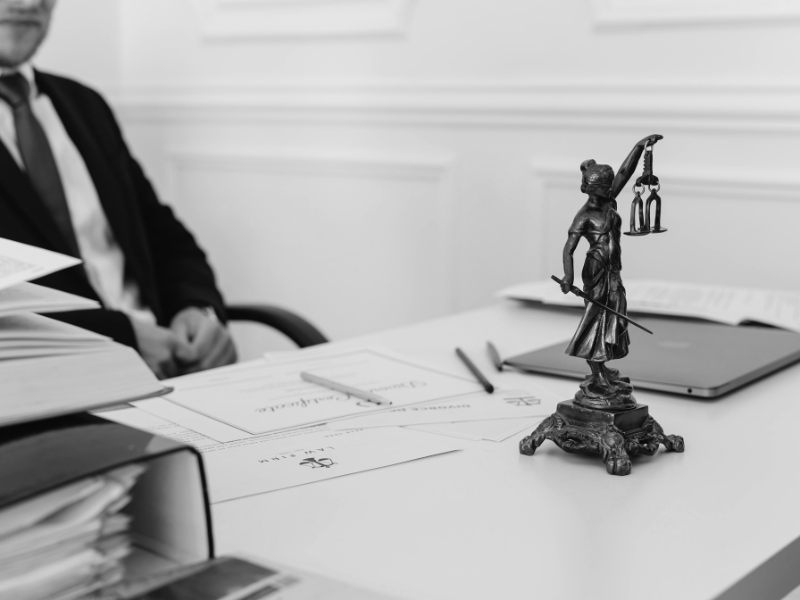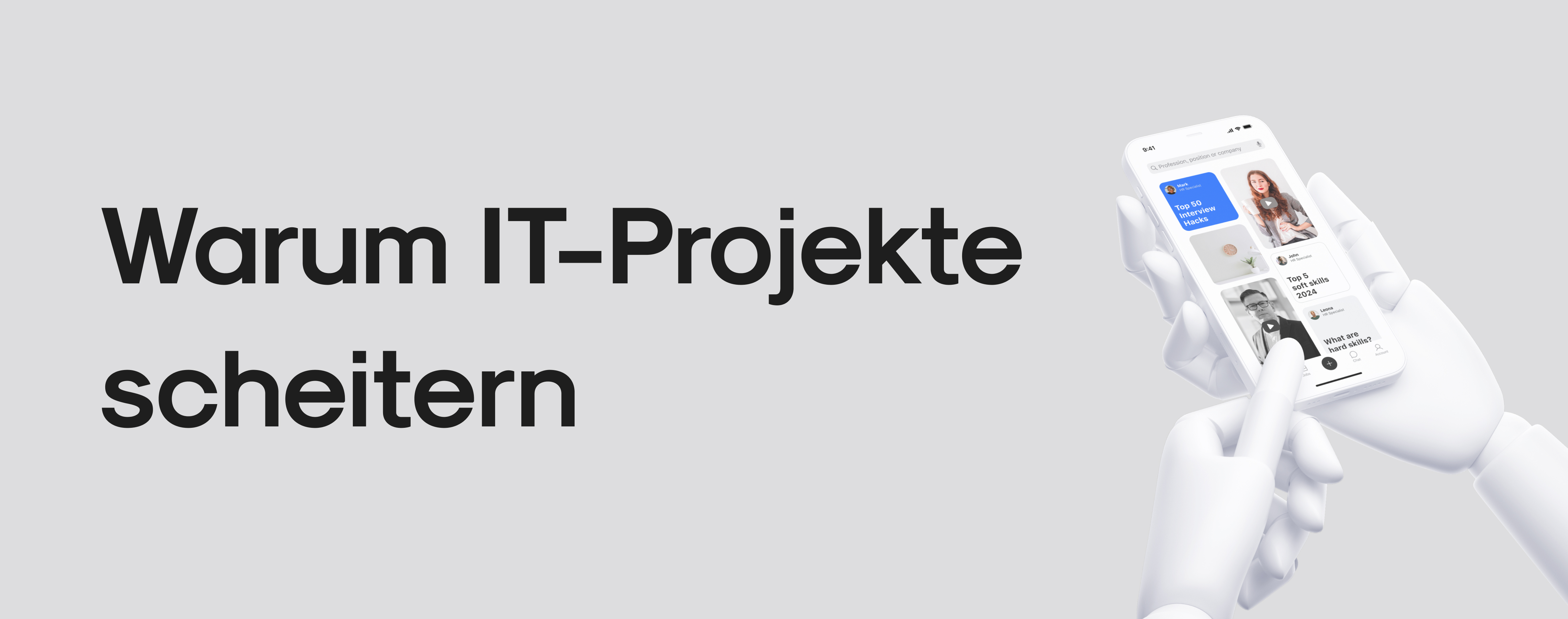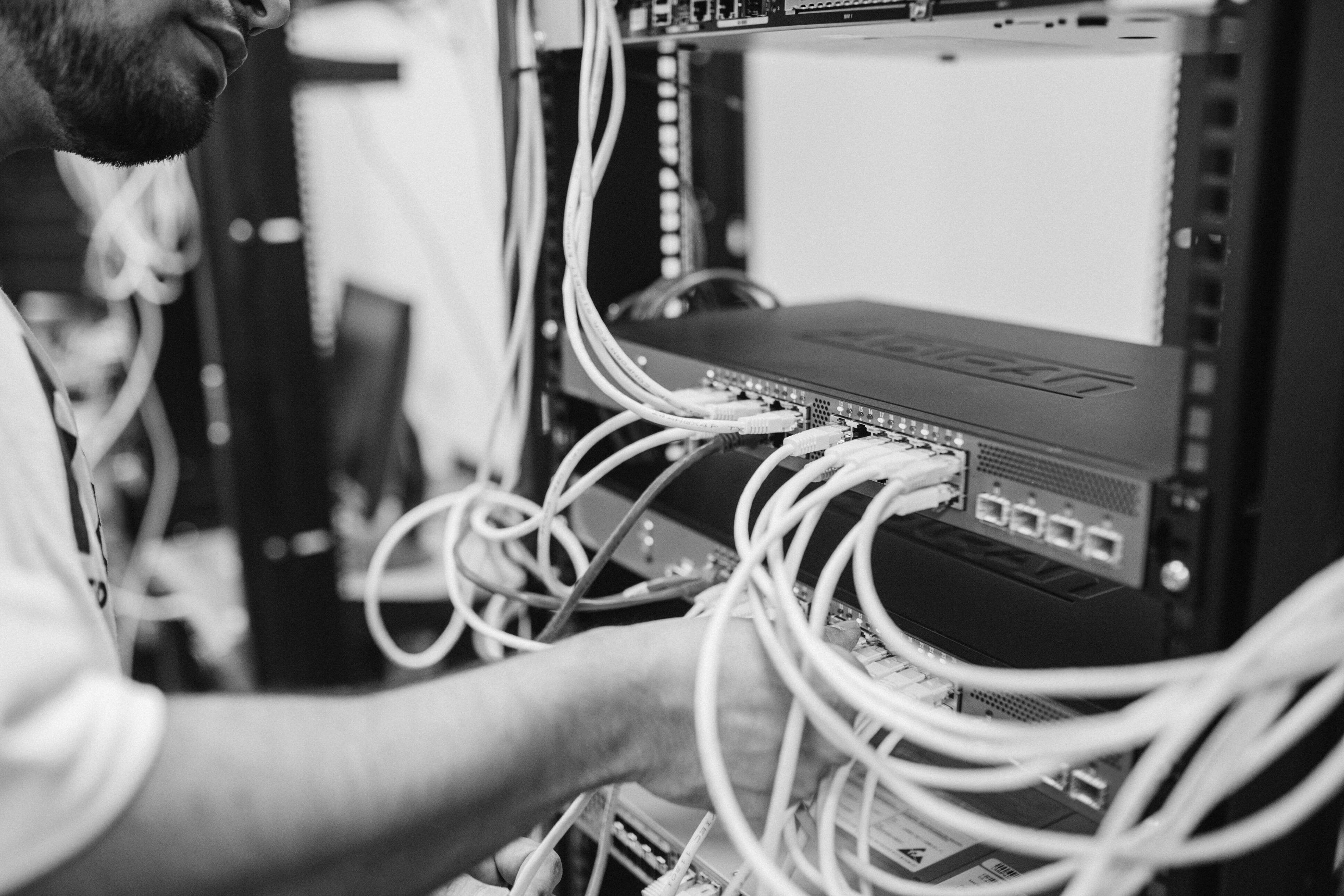IT and intellectual property
In the digital age, the protection of intellectual property in software and IT is of crucial importance. Find out how you can protect your software from unauthorized use and duplication.
Here's what you need to know:
- Patents protect innovative aspects of software.
- Copyright protects the specific expression of ideas.
- Trade secrets protect competitive advantages.
- Trademarks protect the identity of products and services.
Intellectual property in software
Intellectual property in software includes the protection of computer code and programs against unauthorized duplication, theft or unauthorized use. Companies that own the rights to software benefit from various types of protection:
Patents
Patents protect innovative aspects of software, provided they are new, useful and non-obvious. The patenting of software is complex and varies internationally.
Copyright
Copyright protects the specific expression of ideas such as program code and user interfaces. Copyrights arise automatically with the creation of the original and are valid for a long period of time.
Trade secrets
Trade secrets protect secret processes or technologies that offer competitive advantages as long as they are kept secret.
Trademarks
Trademarks protect brands or names that identify products or services and characterize their origin.
Protection strategies for software
- Companies should take measures to protect software from misuse:
- Obtain legal advice and clarify rights.
- Register patents and trademarks.
- Conclude non-disclosure agreements with employees and contractors.
- Ensure data security and manage licenses.
License management systems
License management systems regulate and monitor the use of software:
Hardware licenses
Physical devices that contain the software license.
Node-locked licenses
Licenses installed on a specific device.
Floating licenses
Licenses that can be used by multiple users within a network.
Named user licenses
Licenses bound to specific users.
Offline licenses
Licenses that can be used without constant Internet access.
Intellectual property and IT
Intellectual property cannot be protected by itself, especially in the fast-moving IT sector. Specialized teams of experts provide support in protecting and enforcing intellectual property rights, including in court, and cover areas such as copyright, trademark law, trade name law and patent law. IT is central to modern society and requires sound legal and technical advice to manage risks and protect commercial interests.
Intellectual property in the age of the internet
The internet has facilitated the distribution and use of protected content and leads to new legal challenges. Important issues include:
- The illegality of downloading and streaming protected content without permission.
- The responsibility of platform operators such as Pirate Bay and YouTube for copyright infringement.
- The copyright relevance of internet links to protected content.
Patents and design rights also face new challenges due to information from the internet that is considered part of the "state of the art" and influences novelty and protectability. Graphical user interfaces can be protected by both copyright and design rights.
Protection of intellectual property on the Internet
Internet intermediary services play an important role in the protection of intellectual property rights. Domain names help to enforce trademark rights and prevent misuse. Current and future legal developments, such as the planned EU law on digital services, are intended to lay down provisions and obligations for online services that affect intellectual property rights.
The rapid development of the internet constantly poses new questions and challenges that often require legal clarification. Political and legislative measures are constantly being adapted to ensure the protection of intellectual property in the digital world.
Image source: pexels.com



